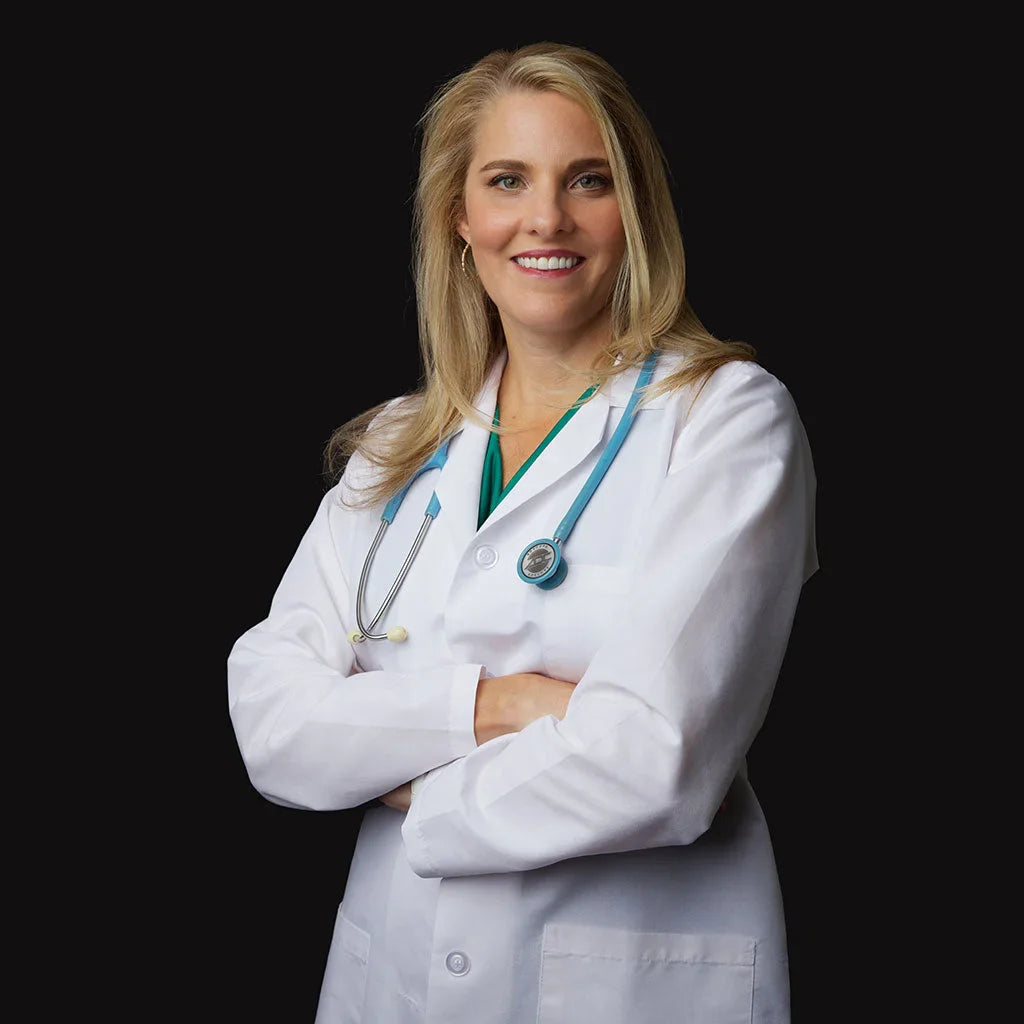It’s time to feed your newborn, and you’re wondering if you should warm your baby’s milk – whether it’s breastmilk or formula – and how. In Bottle Warming 101, we answer these questions and more.
First, does my baby need warm milk to drink? The American Academy of Pediatrics and the Centers for Disease Control both recommend reheating breastmilk and formula to at least room temperature. In fact, cold breast milk or formula might actually lower the body temperature of a newborn, which can be risky.
Whether or not you decide to warm up breastmilk or formula to at least room temperature or body temperature, it is important that you do it safely! As parents, you need to be aware of three things when warming a bottle:
- NEVER microwave bottles! You’ve heard it before, and it’s true – microwaving bottles of breastmilk or formula can cause hot spots and burn your baby’s mouth.
- Warming bottles in hot, boiling water can be dangerous. There have been reports of infants and toddlers being burned due to accidental spills.
- Don’t warm breastmilk by boiling or in traditional warmers. These two approaches can overheat breastmilk, which can destroy the nutrients of the “liquid gold” you worked so hard to produce! Instead, you should use a bottle warmer with a special warming setting for breastmilk like the Baby Brezza Safe + Smart Bottle Warmer! This is the ONLY bottle warmer on the market that has two settings – one specifically designed to warm breastmilk and preserve its nutrients by using a warm water bath for steady heat and a faster heat setting that uses steam to quickly warm formula. Plus, it's the only bottle warmer you can operate with Bluetooth and get alerts on your phone when your bottle is finished.
The safest answer for your baby is to only reheat breast milk once. Reheating breast milk for the first time since being pumped and stored is completely fine, but make sure to discard any leftover milk after feeding time. This prevents the loss of nutrients and avoids any potential germs that could affect the baby’s health. Not to mention, nobody likes recycled leftovers, including babies! Keep baby safe and supplied with fresh breast milk, and remember never to leave milk out for over four hours; if you’re storing freshly expressed breast milk, it’s safe for up to 4 days in the fridge and 6 months in the freezer (although is still technically safe for up to 12, but is not advised from a freshness standpoint).
How many times can you reheat unused formula?
Similarly to breast milk, as discussed above, you should not reheat formula after the first use. If you’ve got pre-mixed bottles of formula in the fridge, discard any leftovers after feeding time. Reheating formula more than once can promote bacterial growth that can be harmful to the baby.
Is microwaving formula and breast milk unsafe aside from hot spots?
Studies have shown that microwaves do not technically destroy the important nutrients in formula and breast milk, but it is still never advised. In fact, cold or room temp formula or breastmilk is encouraged over microwaving: while not nearly at the level of natural body temperatures from fresh breastmilk, this is the safest route parents can take instead of microwaving. We encourage investing in a bottle warmer for ultimate safety and comfort!
Can you switch back and forth between breast milk and formula?
Yes! Using both for your newborn’s diet is completely safe and is encouraged for parents with a low breast milk supply. While babies may prefer one over the other, they will still receive the necessary nutrients from both– so long as it’s being stored and reheated correctly.


